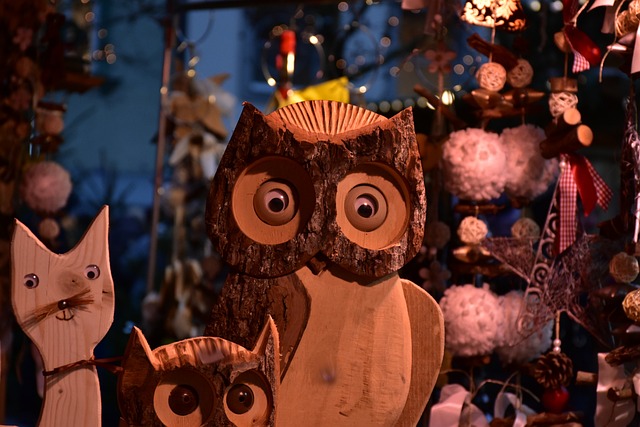Across various cultures and traditions, standing decorations hold profound significance, often embodying the essence of religious beliefs and practices. These decorations serve as powerful symbols, reminding us of spiritual connections, communal values, and the rituals that guide our lives. From ancient altars adorned with symbolic artifacts to modern-day church interiors embellished with sacred icons, standing decorations not only beautify spaces but also act as resonant manifestations of faith.
In many religions, these decorations are intentionally designed to inspire reverence. For instance, in Christianity, the use of standing decorations such as statues of saints, crosses, and candle holders creates an atmosphere conducive to worship and reflection. Each piece, whether it’s a hand-carved statue or a radiant stained glass window, tells a story—a story that often bridges the personal experience of the observer with the divine.
Similarly, in Hinduism, standing decorations like intricate idols of deities serve as focal points during puja (prayer rituals). These representations are not merely artistic; they embody the very essence of the divine, providing a visual and tactile connection to spiritual beliefs. Each decoration—crafted with love and devotion—encourages devotees to engage with their faith on a deeper level.
The symbolism tied to these decorations extends beyond the religious context, often reflecting broader cultural narratives. For example, in various indigenous practices, standing decorations may consist of totems or ceremonial masks, each representing ancestral beliefs and teachings. These decorations act as powerful reminders of history, identity, and the sacred relationship between the land and its people. They inspire a sense of belonging and continuity, connecting generations through shared traditions.
Moreover, the act of displaying standing decorations in homes and places of worship has become a means of fostering community bonds. When families gather around a standing decoration—be it during a religious festival or a personal milestone—it transforms the space into a sacred gathering place. It becomes a hub of shared stories, where memories are made, and traditions are passed down, reinforcing the importance of faith in daily life.
As we explore various forms of standing decoration across different cultures and religions, it’s essential to recognize the deeper meanings embedded within these symbols. Whether a simple cross or an elaborate temple structure, each piece carries the weight of history, belief, and community. They invite us to engage more thoughtfully with our surroundings and to recognize the spiritual narratives that shape our understanding of the world.
Ultimately, standing decorations serve as a bridge between the material and the spiritual, reminding us of the beauty and intricacies of human belief systems. Embracing these symbols not only enriches our spaces but also deepens our understanding of the diverse traditions that define our shared human experience.




